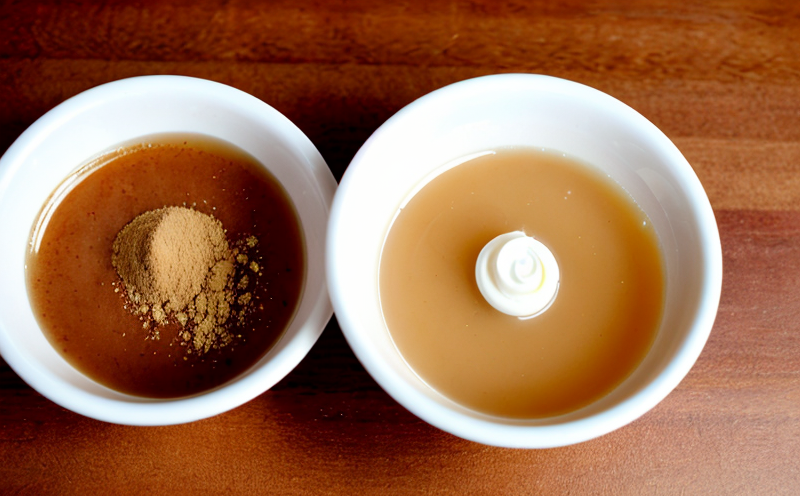GB T 22427 Sweetener Sucralose Testing in Foods
The GB T 22427 standard is a crucial guideline for the testing of sucralose, an artificial sweetener commonly used in food products. This method ensures accurate and consistent measurement of sucralose content in various foods to meet regulatory requirements and quality standards.
Sucralose has seen widespread adoption due to its low-caloric nature and stability across different processing conditions. However, ensuring that it is accurately measured in final products is essential for both consumer safety and compliance with international food regulations. This standard provides a detailed protocol for sample preparation, testing procedures, and data interpretation.
Quality managers and R&D engineers rely on this method to ensure the integrity of their product formulations. Compliance officers use it to verify that their products meet regulatory standards set by bodies like the Food and Drug Administration (FDA) or European Food Safety Authority (EFSA).
The methodology is based on international best practices, including ISO and ASTM guidelines. It ensures that results are reliable and reproducible, which is critical for maintaining brand reputation and consumer trust.
| Aspect | Description |
|---|---|
| Sample Preparation | The GB T 22427 standard specifies the method for preparing samples, including homogenization and dilution. This ensures that the sample is representative of the product being tested. |
| Detection Method | High-Performance Liquid Chromatography (HPLC) is used to detect sucralose in food samples. This technique provides precise and accurate results, which are essential for compliance with regulatory standards. |
| Data Interpretation | The standard outlines the criteria for interpreting test results, ensuring that all stakeholders can understand the implications of the findings. |
Why It Matters
Accurate sucralose testing is critical for several reasons. Firstly, it ensures that products meet regulatory standards and consumer expectations regarding sweetness levels and calorie content. Secondly, it helps in maintaining brand integrity by avoiding discrepancies between claimed and actual product formulations.
For R&D engineers, this standard provides a reliable framework for developing new formulas that can be tested consistently against international benchmarks. For compliance officers, it serves as a tool to ensure ongoing adherence to legal requirements and industry best practices. Proper testing also enhances consumer trust by reducing the risk of health concerns associated with mislabeling or overuse of artificial sweeteners.
The standard is particularly important in the context of global trade, where consistent quality standards are essential for maintaining market access and competitiveness. By adhering to GB T 22427, manufacturers can ensure that their products meet both domestic and international regulatory requirements, thereby facilitating smoother operations across borders.
Scope and Methodology
- Determine the sucralose content in various food products.
- Ensure compliance with relevant national and international standards.
- Provide accurate, reliable, and reproducible results for quality control purposes.
Industry Applications
- Sweetener manufacturers to ensure product consistency.
- Retailers and food service providers for inventory management and labeling accuracy.
- Regulatory bodies to enforce compliance with national and international standards.
- Consumer goods companies to maintain product integrity and customer satisfaction.





